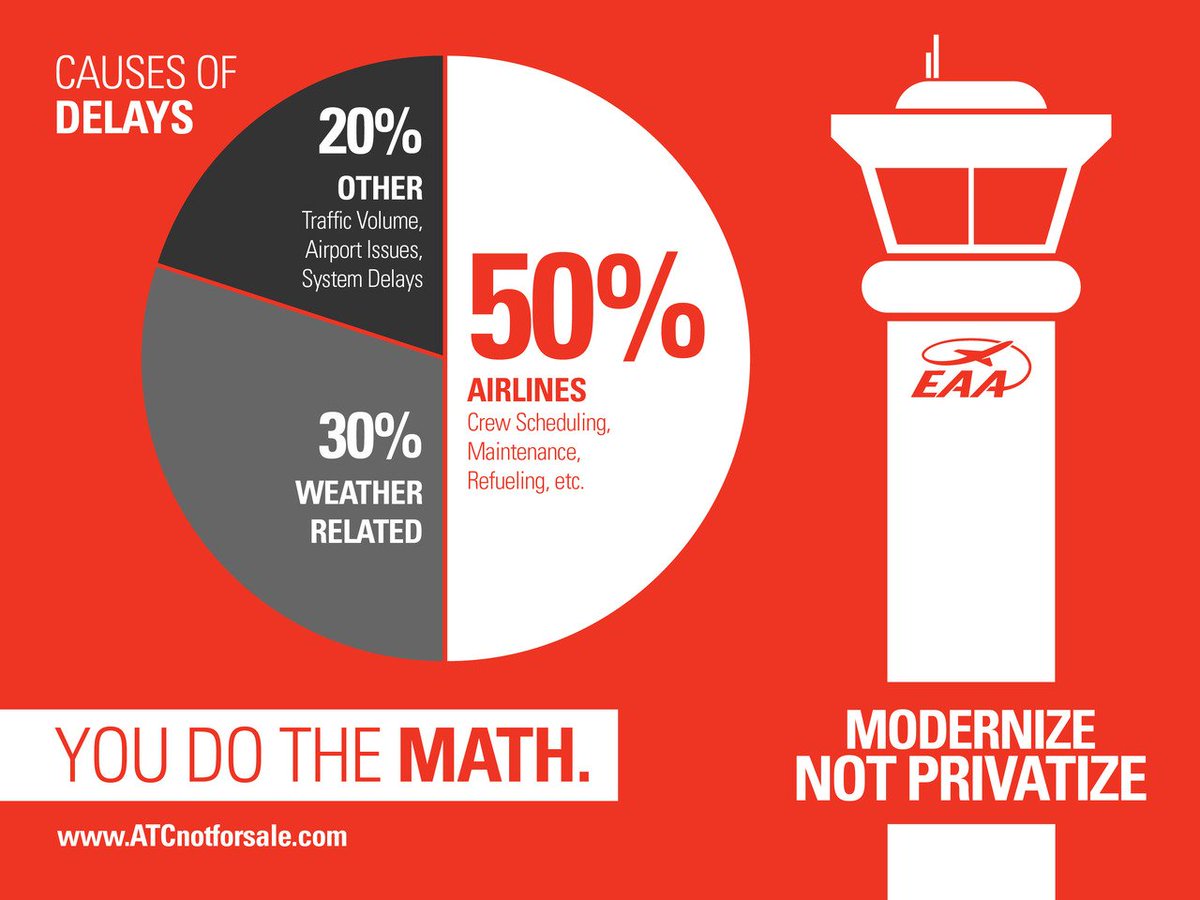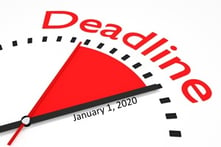 Happy New Year! I hope you all shared a safe and joyous celebration with family and friends. And warm. Let’s not forget warm. The air temp was double digits below zero here in Wisconsin, and the wind chill was about three times that. Avoiding hypothermia was, however, a good distraction from thinking about the inexorable march of time and our aviation future.
Happy New Year! I hope you all shared a safe and joyous celebration with family and friends. And warm. Let’s not forget warm. The air temp was double digits below zero here in Wisconsin, and the wind chill was about three times that. Avoiding hypothermia was, however, a good distraction from thinking about the inexorable march of time and our aviation future.
A pragmatic realist, I know that for aviation, it could go either way. Whether it focuses on the positive or negative side of the line depends, in part, on your point of view of the past, present, and future. There is no better example of this than automation technology’s steady march into the cockpit. Aurora successfully demonstrated its autonomous UH-1H for the U.S. Marines at Quantico.
Passenger-carrying aircraft—airliners—are in technology’s sights, and it will, perhaps, forever solve the cyclic pilot shortages that plague commercial aviation. Again, whether this is good or bad depends on your point of view and aviation situation. General aviation’s future is more precarious. The outcome of several factors in 2018 will provide better focus on its future.
 If the politicians give control of air traffic control to the airlines by privatizing the system, general aviation, as we’ve known it, it is a goner. This outcome will depend on how many people pull their heads out of vapid partisan ideological echo chambers and rise up as a concerted whole and firmly, but civilly, push the Star Trek mantra that the needs of the many outweigh the needs of the few.
If the politicians give control of air traffic control to the airlines by privatizing the system, general aviation, as we’ve known it, it is a goner. This outcome will depend on how many people pull their heads out of vapid partisan ideological echo chambers and rise up as a concerted whole and firmly, but civilly, push the Star Trek mantra that the needs of the many outweigh the needs of the few.
This mantra could also be a greater salvation, because decades of income inequality affects more than those who can’t afford the dream of flight. In that regard, maybe giving ATC to the airlines would be a kinder end to general aviation, a coup de grace, as it were. Starvation, an insufficient number of new pilots and aircraft owners to sustain general aviation, is a more painful end.
How many aircraft owners decide this year to comply with the ADS-B mandate should bring this aspect of aviation’s future into better focus. The requirement for ADS-B capabilities takes effect two years from today. While the numbers vary, those who count them agree that the number of aircraft owners who installed the equipment is well off the pace that indicates full compliance.
 This could mean that general aviation aircraft owners are either frugal procrastinators waiting for the best ADS-B deal or frugal Baby Boomers who will enjoy the freedom of flight until December 31, 2019, and then retire from the sky and sell their winged prides and joy. Two numbers will chart this course; those upgrading to ADS-B (and the volume of owners griping about the avionic shop lead time as they vie for precious openings) and the prices they ask when putting their aircraft up for sale (and the volume of their griping about the price relationship between supply and demand).
This could mean that general aviation aircraft owners are either frugal procrastinators waiting for the best ADS-B deal or frugal Baby Boomers who will enjoy the freedom of flight until December 31, 2019, and then retire from the sky and sell their winged prides and joy. Two numbers will chart this course; those upgrading to ADS-B (and the volume of owners griping about the avionic shop lead time as they vie for precious openings) and the prices they ask when putting their aircraft up for sale (and the volume of their griping about the price relationship between supply and demand).
As it has since the Wrights launched the industry more than a century ago, only time will tell what course aviation’s future will take. But regardless of the outcome of its many challenges it has faced over its lifetime, and regardless of how the solutions to those challenges affected those involved, aviation continued in one form or another. And it will continue because it continues to covet fundamental contribution to humanity. — Scott Spangler, Editor




